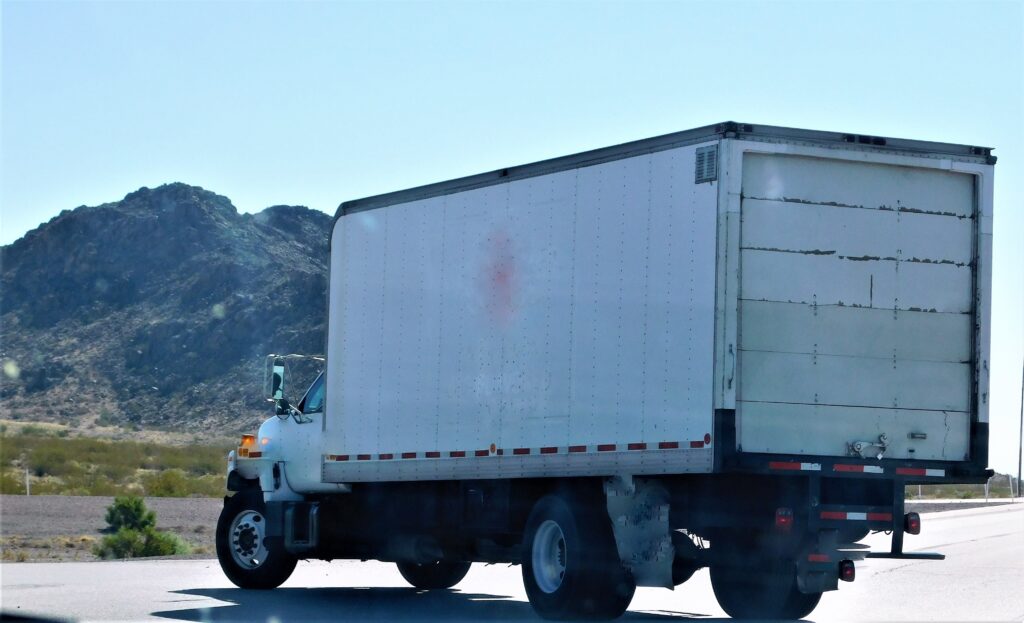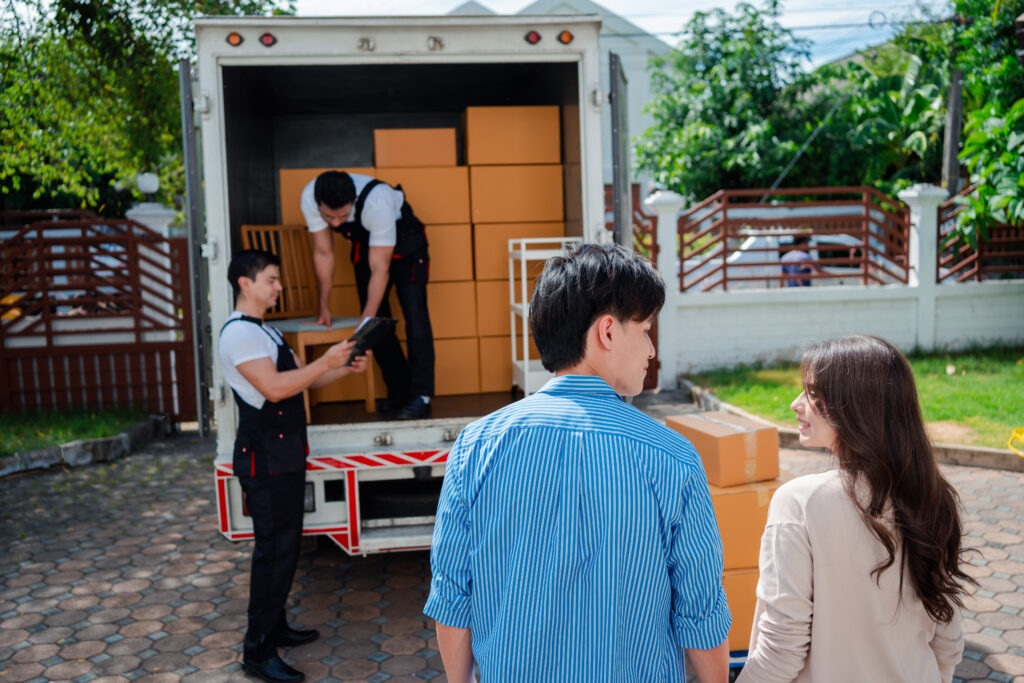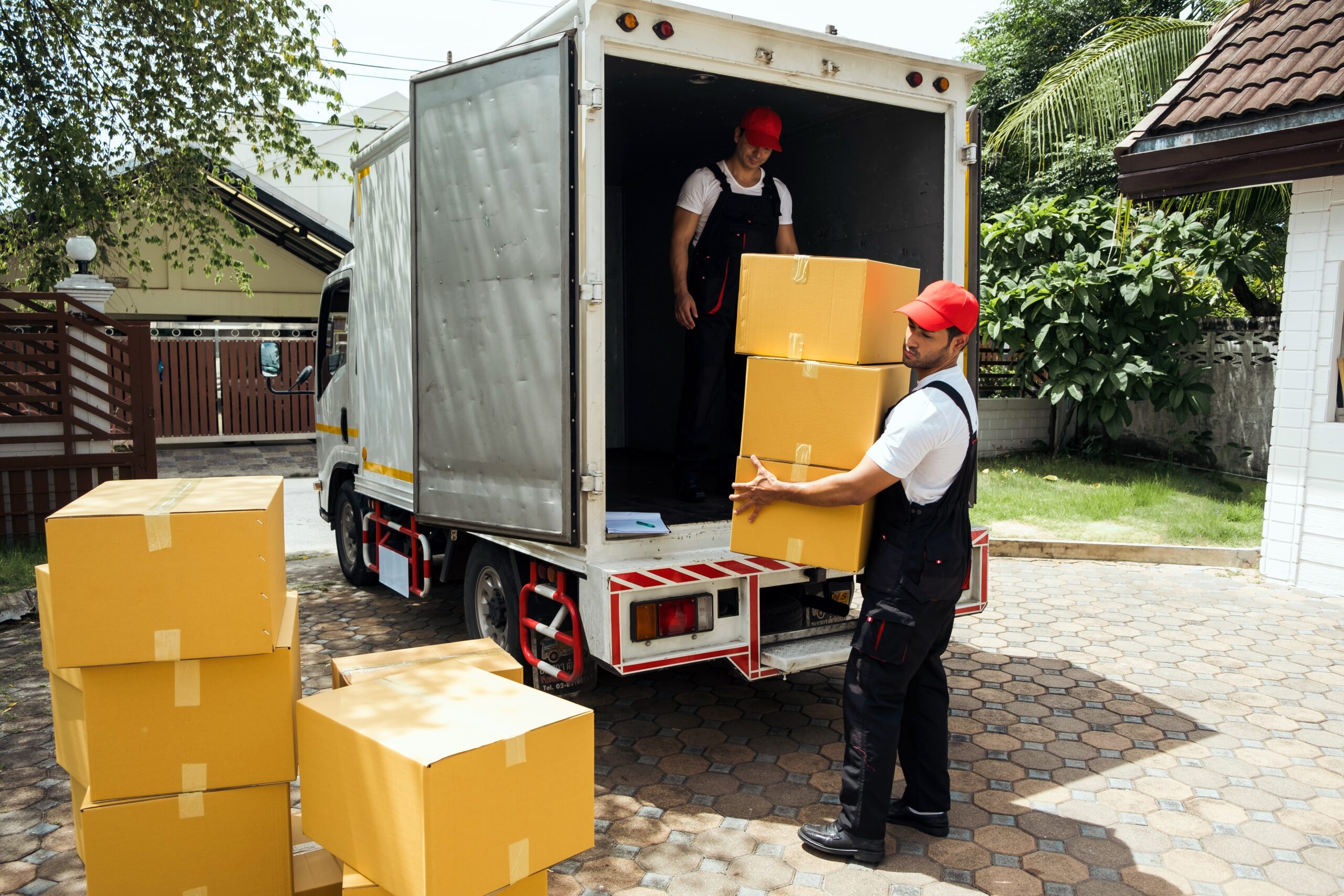Packing a moving truck efficiently can make the difference between a stressful moving day and a smooth, streamlined relocation. An organized approach not only helps protect your belongings during transport but also maximizes the space available, reducing the need for multiple trips or extra vehicles. Whether you’re moving across town or across the country, understanding how to efficiently pack a moving truck ensures that your items arrive safely and your moving experience is more manageable.

Planning Ahead Before Loading Begins
Efficiency starts before a single box is lifted. Taking time to assess the items you’re moving and grouping them by weight, size, and fragility helps you plan the best order for loading. Heavy furniture, appliances, and large boxes should be identified early, as these form the foundation of any well-packed truck. Lighter and more delicate items, on the other hand, should be set aside for placement later in the process.
One of the best practices is to declutter your home before packing. Fewer items mean less time loading, less space required, and lower moving costs if you’re using a rental truck. Donate, sell, or discard anything you no longer need. Labeling boxes by room and importance also helps with both loading and unpacking.
Choosing the Right Moving Truck Size
An efficient pack starts with selecting a moving truck that suits the size of your move. Using a truck that is too small results in overcrowding and potentially damaged items. Using one that is too large may lead to shifting items during transport. A 10- to 12-foot truck is usually sufficient for a studio or one-bedroom apartment, while a 20- to 26-foot truck is ideal for larger homes with multiple bedrooms.
Accurately estimating the volume of your belongings ensures you choose the correct vehicle. Many moving companies offer truck size calculators to help with this. Renting the right size truck is the first step toward a successful pack.

Loading the Truck by Weight and Balance
The heaviest and largest items should be loaded first. Items like washers, dryers, refrigerators, and sofas go against the back wall of the truck, closest to the cab. This positions the weight over the rear axle, which helps with vehicle balance and safety on the road.
Next, load large furniture items such as beds, dressers, and dining tables. Placing these pieces vertically when possible saves space and creates a wall-like structure that supports additional boxes. Use tie-down straps or ropes to secure heavy items and prevent them from shifting while in transit.
After large furniture is in place, begin loading medium-weight boxes. These can go on top of furniture or in the spaces around larger items. Pack boxes tightly together to minimize movement and create stability. Heavier boxes should be on the bottom, with lighter ones stacked on top.
Protecting Fragile Items During Transport
Fragile items should always be wrapped securely and placed in designated boxes marked as “fragile.” Mirrors, glassware, and electronics should be loaded last and placed on top of heavier items or in compartments where they won’t shift.
Use blankets, towels, or moving pads to wrap breakables and provide cushioning between items. Pillows and soft bedding can also be used to fill gaps and protect delicate objects. If the truck has a separate compartment over the cab (the “mom’s attic” area in some rental trucks), it’s an ideal space for fragile or valuable items.

Filling Gaps and Securing the Load
Leaving space between boxes and furniture may seem harmless, but it allows items to move and fall during transport. Filling gaps with soft items like rugs, linens, or even clothing adds protection and stability. The goal is to create a compact, tight load that won’t shift during the drive.
Once everything is loaded, do a final check to make sure the load is secure. Use tie-down straps to lock items into place and test the load by gently pushing on different sections to confirm there’s no excessive movement. If the truck sways or items rattle, readjust as needed.
Maximizing Space with Smart Techniques
Efficiency isn’t just about what goes into the truck—it’s also about how it’s arranged. Disassemble furniture when possible to save space. Removing legs from tables or taking apart bed frames allows these items to lie flat and fit into tighter spaces.
Nest smaller items inside larger ones when possible. For example, pack kitchenware inside large pots or place small boxes inside drawers. Rolling rugs and standing mattresses upright conserves space while providing soft barriers between other items. The more strategic your packing, the more room you’ll have left for unexpected or last-minute additions.

Driving and Unloading Safely
Once your truck is packed, driving with care is essential. Sudden stops, sharp turns, and high speeds can shift even the most securely loaded cargo. Take turns slowly, avoid abrupt braking, and keep a safe following distance to protect your belongings and ensure your safety.
When you arrive at your destination, unload in reverse order—starting with fragile items and ending with the heaviest ones. Having a plan for where each item goes before unloading begins will help prevent clutter and make the unpacking process smoother.
Conclusion
Learning how to efficiently pack a moving truck saves time, space, and stress. From pre-loading preparation and strategic placement of items to securing your cargo and driving carefully, each step plays a role in ensuring a successful move. For those who need additional support during their relocation, visit Morse Van Lines for expert moving services and helpful resources. To explore rental trucks and accessories that make packing easier, visit companies like U-Haul or Budget Truck Rental.







